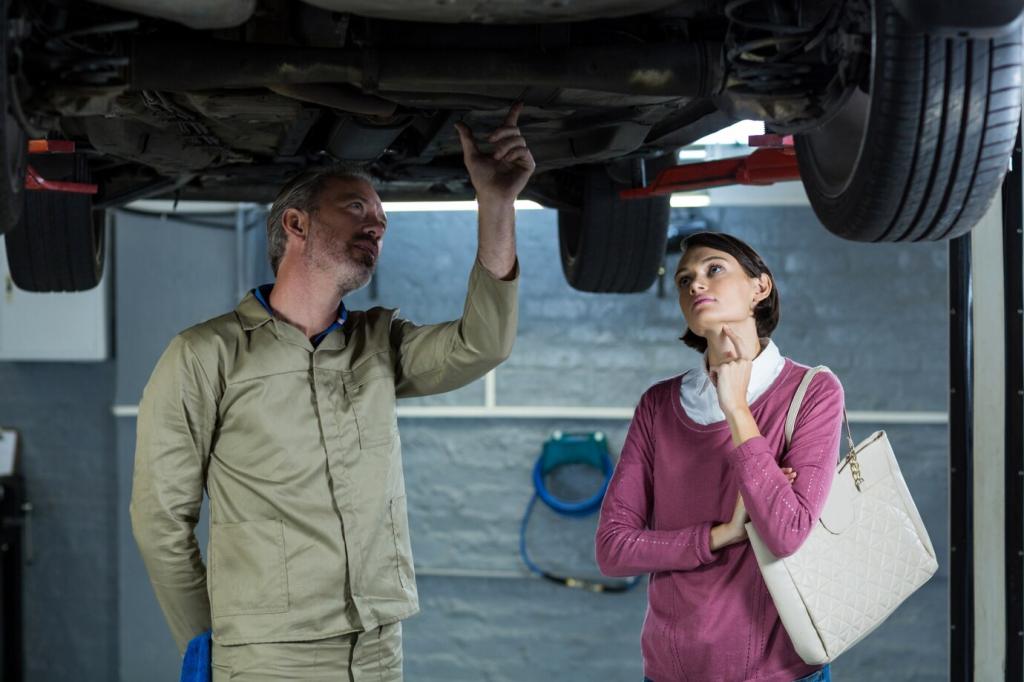Rotation Steps: From Loosening to Torqueing
Loosen lug nuts a quarter turn before lifting. Raise the vehicle and set it securely on stands. Remove nuts in a star pattern and pull the wheel straight off. Keep hardware organized. Post your first wheel-off photo if you’re proud—progress deserves celebration and inspires other first-time DIYers.
Rotation Steps: From Loosening to Torqueing
Move each tire to its new position using the chosen pattern. Wipe hub surfaces clean, align the wheel, and start lug nuts by hand to avoid cross-threading. If you have directional tires, verify the rotation arrow faces forward. Drop a comment with your pattern choice and any variations you used.








